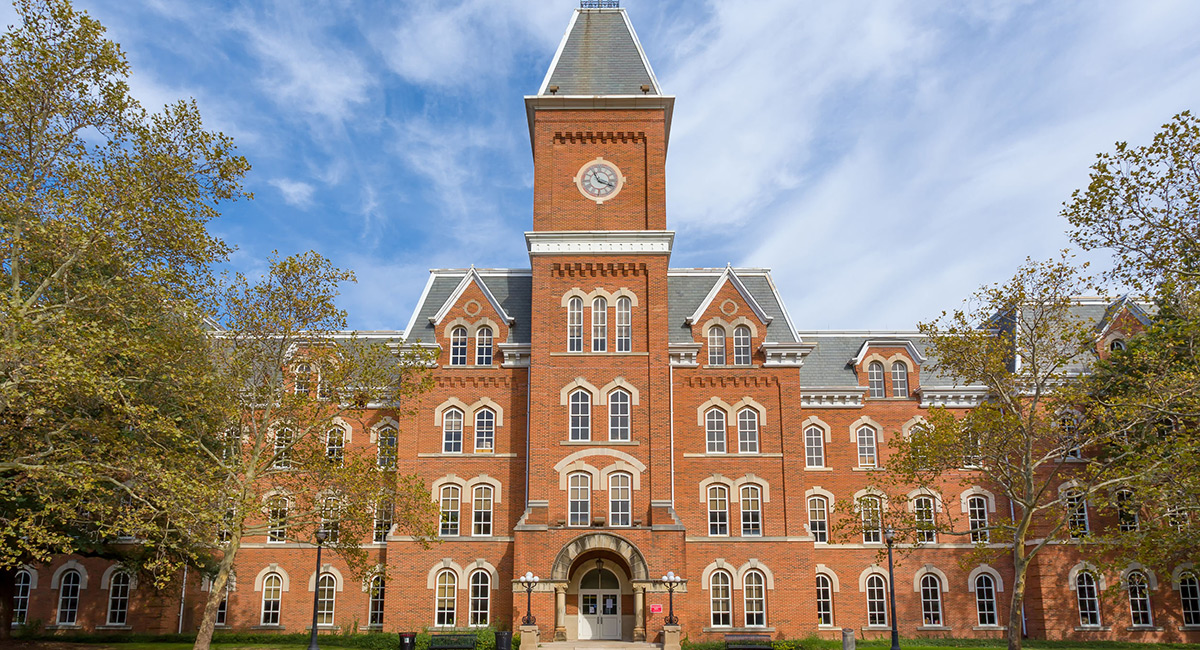One of the best analysts of current American higher education trends is Andrew Gillen of the Texas Public Policy Foundation (TPPF), a former student, employee, and current friend. In a new TPPF study, Andrew demonstrates authoritatively that the claims of higher education supporters that rising tuition fees at public universities are largely a consequence of falling governmental support are wrong. Put more bluntly, they are lies.
As Gillen points out early in the study, there is volatility in public higher education support closely associated with the business cycle. Thus higher education state funding in 2007-08, determined before the Great Recession had begun, was much larger than in 2011-12. Therefore comparing 2007 and 2018 funding will yield a far different conclusion (falling support) than comparing 2011 and 2018 (rising support). While the One DuPont Circle (home of the leading lobbyist for higher ed, the American Council of Education) crowd will stress 2007-8 data, others might choose a more normal year, or take, say, a five year average of data to partially smooth out business cycle effects. Or, do as Dr. Gillen appropriately does, look at very long term trends, say spending trends over the period 1980 to 2019, where business cycle effects are highly diluted by the passage of time.
Even more egregiously, higher education cheerleaders typically allegedly correct for inflation by using a cost index, the Higher Education Cost Adjustment (HECA), based on what colleges pay for goods and services. This is not on a legitimate price index such as the Consumer Price Index or the Personal Consumption Expenditures component of the GDP price deflator. If universities raise the pay of administrators a lot, they can say “the HECA shows that our costs are rising substantially”, a completely illegitimate way of assessing changing prices—let’s reward ourselves big pay increases and claim “inflation” is reducing the real purchasing power of state subsidies, causing “disinvestment.” Completely dishonest and morally wrong. People doing that should be punished, maybe a week in an isolation cell with Ted Cruz and AOC.
Gillen documents his conclusions with mountains of evidence. For example, the notion that “tuition increases are the result of state disinvestment” is total nonsense. It is true that between 2008 and 2019, state funding per student fell by $259, but tuition rose, not by $259, but by $2,233 per student—nearly nine times as much. Even correcting for inflation, total spending per student was rising, with no evidence that this spending was funding improved learning outcomes or research breakthroughs. Interestingly, tuition fees were rising also for private schools not even receiving state subsidies.
From 1980 to 2019, state spending per student in public universities rose not only nationally, but in most states, with increases in the four largest (California, Texas, Florida and New York), and a huge increase in Illinois (five states collectively with over 122 million people). Gillen’s figure 10 tells it all—total revenue universities received per student from tuition fees or state subsidies in 2019 dollars nationally rose from about $8,000 around 1980 to over $15,000 in 2019, with tuition fees covering most of the increase, but state support per student rising as well.
The real problem is falling productivity! It takes more resources, especially workers, to educate one more student today than 40 years ago. Contrast that to the American economy as a whole. Output per worker over doubled in that same period, allowing a substantial increase in the standard of living. In higher ed, more tuition fees and government subsidies have funded armies of new non-academic employees, hordes of diversity specialists, fund raisers, publicity hacks, assistant deans, not to mention atriums, lazy rivers and this year’s spending fad, esports. And for some, supersized salaries.
To be sure, universities produce multiple services, and the calculation of total productivity change depends on qualitative and well as quantitative factors: is research output per employee rising? Has student learning or satisfaction risen? These are difficult things to measure with precision, but the massive increase in spending suggests it would take huge advances in learning, research, student satisfaction, etc. for productivity to even have stayed constant, something I, as one active in the academy throughout the modern era, believe simply did not occur.













